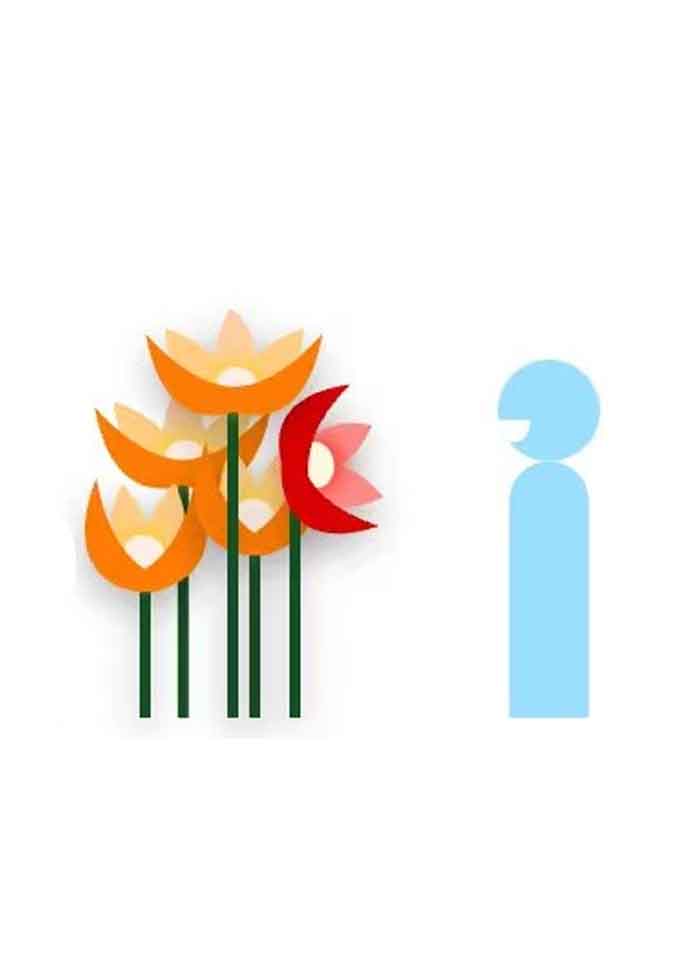



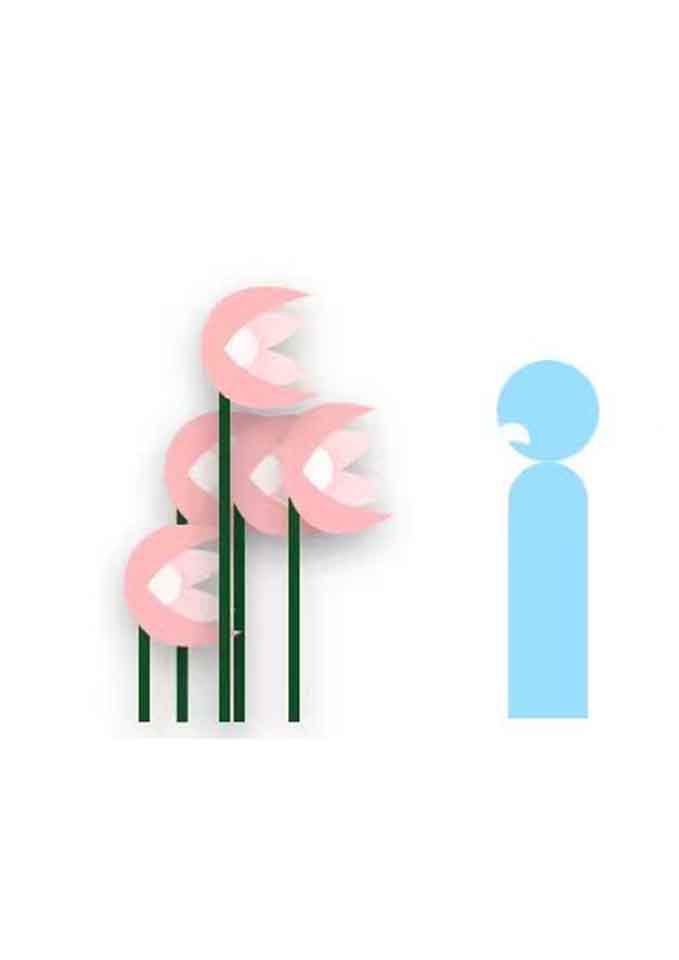
Mechanical Flower from Collaborative Creation
This latest approach tries to break new ground by inviting communiy collaboration into its design. Unlike previous works, these mechanical flowers not only rotating and blooming to great visitors, but also offer a unique opportunity for users to design their own experience. Each set of flowers come to life through the developer kit, enable users to program and link the flowers' movements to all kinds of sensors. By encouraging tech-enthused teens and adults to contribute to the communal ecosystem of innovation, this project serves as a platform for shared creativity and learning.
Co-creation HardWare Design Developer Kit CommunityV1 | Research on co-creation
- Date: 2023 JUN
- Type: Community Research
- Role: Researcher
- Description: To develop a co-creation experience for Theta Club's tech-enthused youth and adults, we started a research of crafting an immersive community collaborative platform.
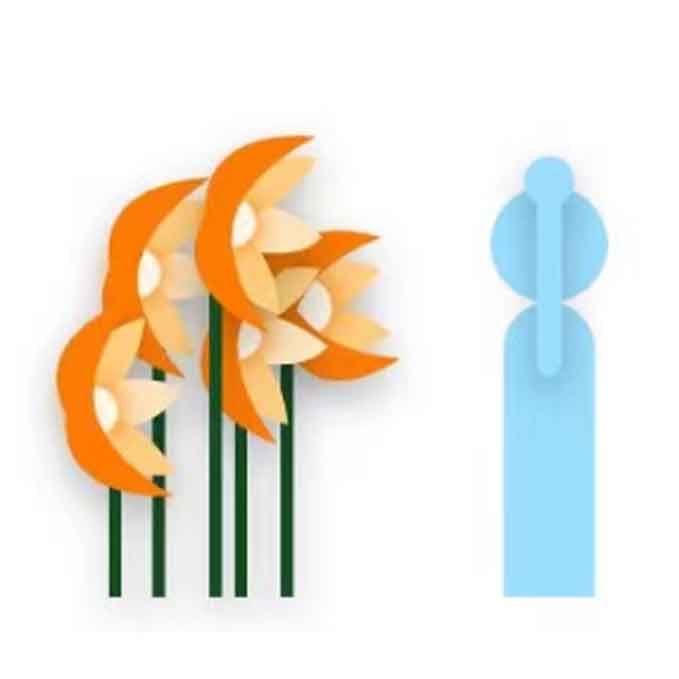
Background
This project is landed at the Theta Club in Hopson One (合生汇), a vibrant commercial hub in Beijing. This club is envisioned as a base camp for tech enthusiasts, where teenagers and adults can nurture their passion for technology. The goal for this project is to create an installation that was not only having mechanically captivating beauty, but also supportive of club members who wished to delve int the technology behind the art, fostering a space where they could develop and contribute their own creative programming.
Co-creation
In the initial research phase, our aim was to understand the sustainability of co-creation within a community. Given the scarcity of such projects in Beijing, we reached out to a diverse group, including our friends, college students, middle school students, and their parents, to gather insights. Our findings helped us define multiple objectives for this co-creative endeavor. Young children were naturally drawn to interactive elements they could touch and play with. Parents expressed a desire for spaces where their children could be meaningfully engaged for hours, potentially learning new skills, and where families could participate in activities together. For the tech-enthused teenagers and adults, the emphasis was on learning programming skills, creating projects independently, and being part of a community that collaborates to solve problems.
V2 | HardWare Design
- Date: 2023 JUL-SEP
- Type: HardWare Design
- Role: Whole Stack
- SoftWare: Rhino, Pycharm
- HardWare: Servo Moto, 3D printing, Sheet Metal, etc.
- Description: Addressing stability and simplicity, our hardware design balances lightweight structure, controlled movement, and streamlined electronics for optimal functionality.
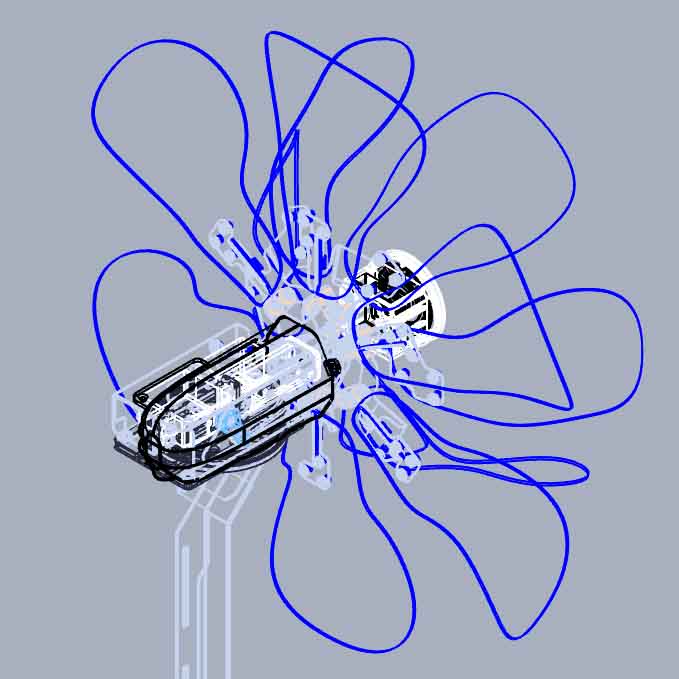
Safety & Stableness
The hardware design presented a challenge: achieving a stable and simple yet effective system. Structurally, we opted for a lightweight design to ensure ease of interaction and maintenance. A transparent 3D-printed cover not only protected the delicate inner workings but also showcased the mechanism, adding an educational element. For motion control, we deliberately limited the rotation range, maximum speed, and output torque to prevent mechanical stress and longevity. Additionally, we integrated temperature monitoring and abnormal status detection system, safeguarding both the installation's integrity and user experience.
V3 | Developer_Kit
- Date: 2023 OCT-NOV
- Type: Developer
- Role: Whole Stack
- SoftWare: Pycharm
- Description: Facilitating user-friendly development, our platform bridges PC and mechanical flowers with a control board, enabling users getting out of the tedious low-level driver code meanwhile ensuring safeness.
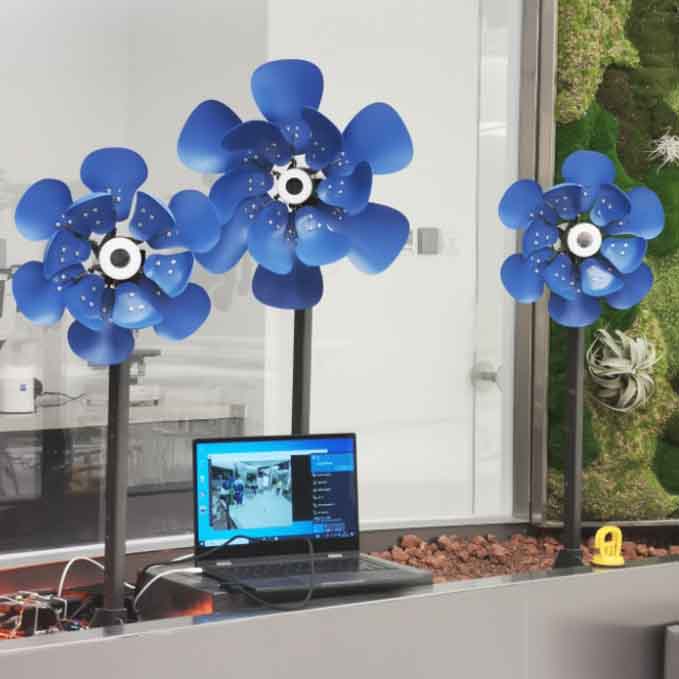
Platform Setup
To provide a seamless development experience, we integrated a specialized control board acting as the nexus between PC and mechanical flowers. This board functioned as a motion control hub for the flowers, interpreting and translating commands from the PC. We designed it to be user-friendly, encouraging even those with basic technical knowledge to engage with the system. Based on this system, users could connect various sensors like camera and mic directly to the PC to achieve environmental responsiveness. This setup allowed users to creatively decide how their flowers would react to surrounding stimuli.
On the software support level, we provided a comprehensive user guide alongside basic demos. These resources were crafted to help users quickly acquaint themselves with the start-up of the flowers and spark their creativity, exploring the possibilities of their mechanical flowers.
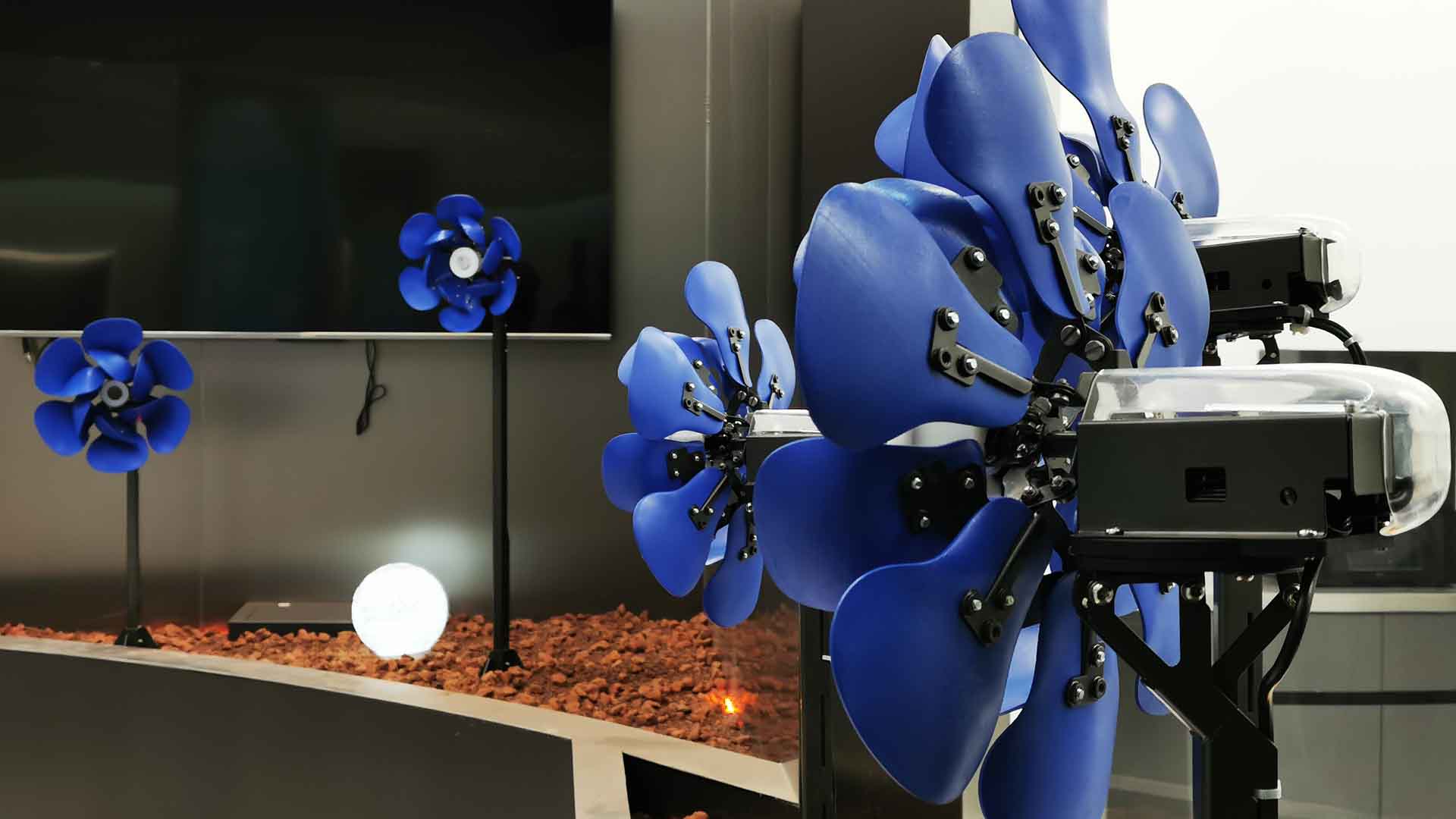
Demo
Using a camera as the input source, this demo tracks the closest person, letting the flower to bloom periodically. However, due to the tracking rate limitations, noticeable trembling occurs at the start and end of each movement. This issue arises from not implementing interpolation and filtering algorithms to smooth out the motion.
V4 | Community
To build a community around this co-creating project, we employed targeted strategies. Promotional activities suitable for both individuals and families were organized. Meanwhile, varies WeChat groups were established, serving as a platform for members to connect and collaborate. Competitions were also held to stimulate creativity, and the exceptional works of 'Top Players' would be showcasted to inspire others.
Despite these efforts, visitors' engagement was much lower than anticipated.